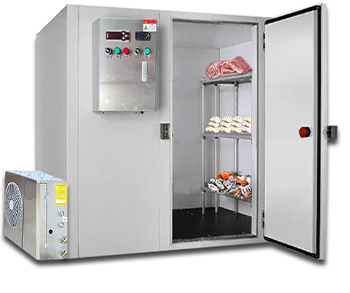condenser and evaporator in refrigeration system
Understanding the Roles of Condenser and Evaporator in Refrigeration Systems
In the realm of refrigeration technology, two critical components stand out the condenser and evaporator. Together, they play an indispensable role in the refrigeration cycle, which is fundamental for various applications, from household refrigerators to large industrial cooling systems. Understanding how these two elements function helps demystify the process of refrigeration and highlights their importance in maintaining temperature control.
The Refrigeration Cycle
Before delving into the specifics of the condenser and evaporator, it is crucial to understand the refrigeration cycle itself. This cycle operates on the principle of thermodynamics, specifically utilizing the properties of refrigerants—substances with low boiling points that easily change from a liquid to a gas and back again. The cycle comprises four main processes evaporation, compression, condensation, and expansion.
1. Evaporation In this initial stage, the refrigerant enters the evaporator as a low-pressure liquid. Here, it absorbs heat from its surroundings (such as inside a refrigerator or an air-conditioned space) and transforms into a gas. This heat absorption lowers the temperature of the area being cooled.
2. Compression The gaseous refrigerant then flows into the compressor, where its pressure is increased. This compression raises the refrigerant's temperature, preparing it for the next stage of the cycle.
3. Condensation The high-pressure, high-temperature gas moves to the condenser. In the condenser, the refrigerant releases the heat it acquired during evaporation to the external environment or a cooling medium (like water or air). As it loses heat, the refrigerant condenses back into a liquid state.
condenser and evaporator in refrigeration system

The Evaporator
The evaporator is a critical component located typically inside the refrigerated space. Its primary function is to facilitate the absorption of heat from the environment into the refrigerant. As warm air from the interior passes over the evaporator coils, the refrigerant inside the coils evaporates, absorbing heat and cooling the air.
The efficiency of the evaporator is influenced by various factors, including the surface area of the coils, air flow rates, and the temperature differential between the refrigerant and the surrounding air. A well-functioning evaporator ensures that the desired cooling effect is achieved efficiently, which is crucial for energy savings and optimal performance.
The Condenser
Conversely, the condenser is usually found outside of the refrigeration system. Its primary task is to release the heat absorbed by the evaporator from the refrigerant to the environment. This process effectively rejects the heat to maintain the temperature of the refrigerated space.
The efficiency of the condenser is determined by its design, surface area, and the cooling medium used. Just as with the evaporator, proper airflow is essential. If airflow is restricted or if the ambient temperature is too high, the condenser’s ability to expel heat diminishes, leading to inefficiencies and increased energy consumption.
Conclusion
In conclusion, the condenser and evaporator are vital components of any refrigeration system, each playing distinct yet complementary roles in heat transfer. The evaporator absorbs heat from the environment to cool the air in the desired space, while the condenser releases this heat outside, allowing the cycle to continue. Understanding the intricacies of these components can empower consumers and professionals alike to make informed decisions regarding refrigeration systems, ensuring efficiency and effectiveness in a world increasingly reliant on temperature control. As technology advances, the design and efficiency of these components continue to evolve, promising even greater performance in the future.
















































































































